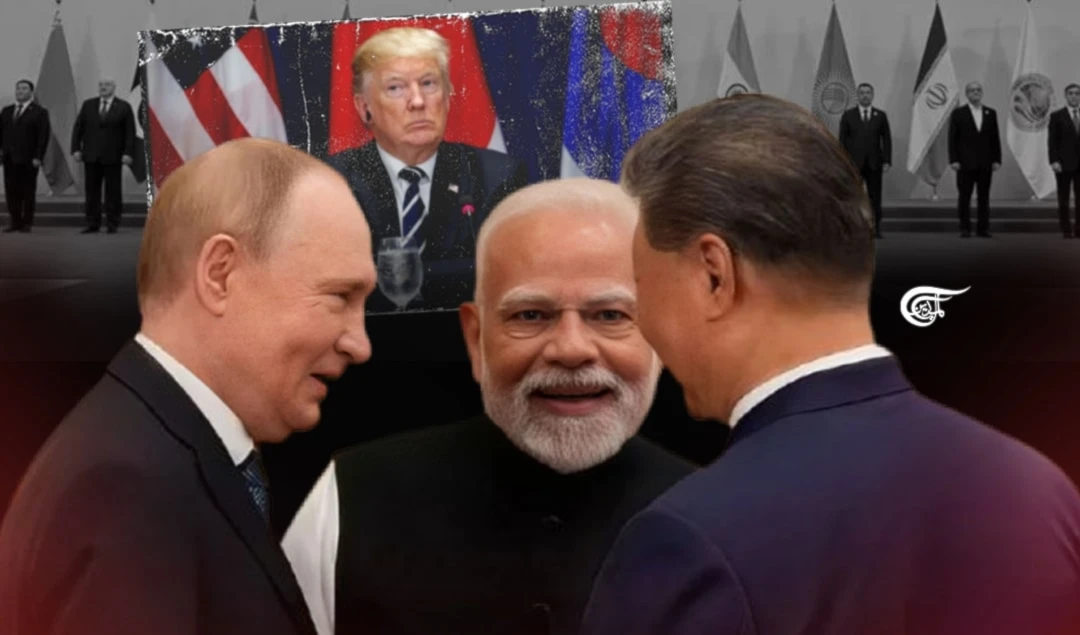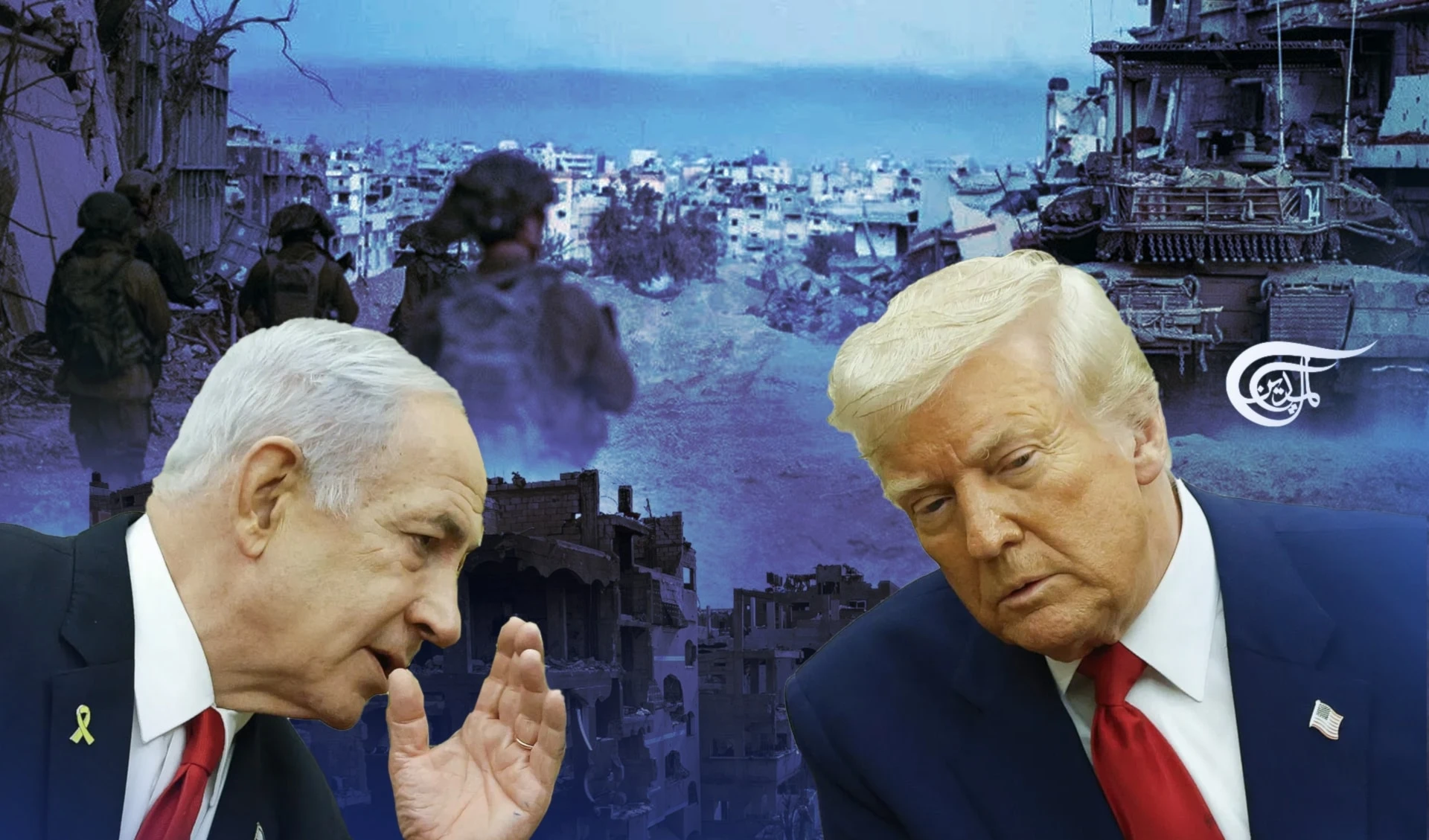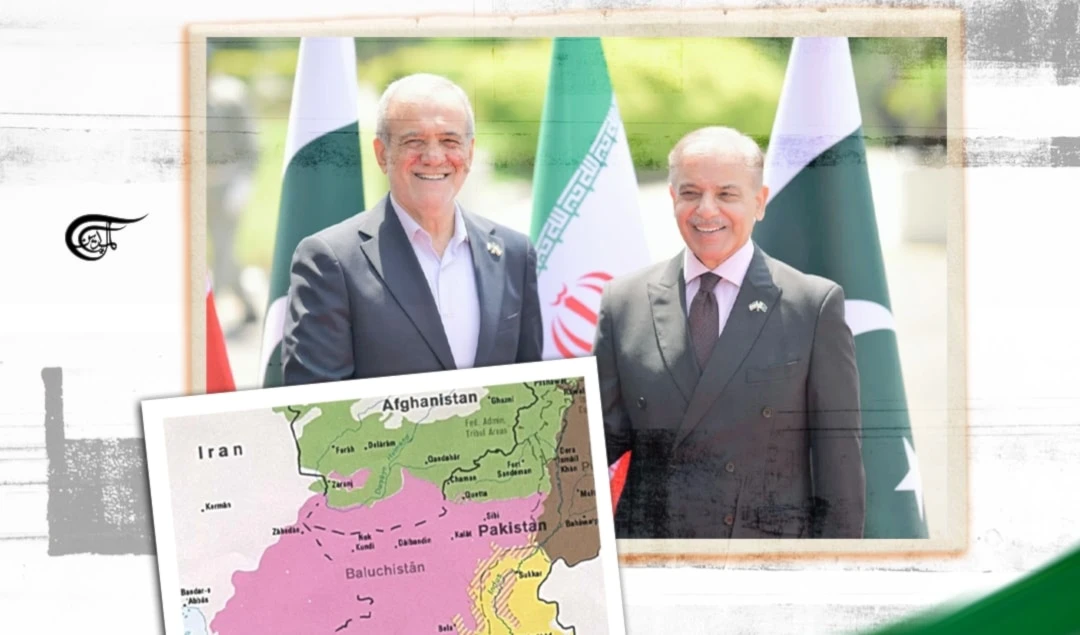Is targeting Haniyeh in Tehran meant to provoke a full-scale conflict with Iran?
Hezbollah, Ansar Allah, and Resistance factions in Iraq have the potential to initiate coordinated assaults to intensify pressure on Israeli aerial defenses.
-

Iranian leaders have the potential to escalate the number of projectiles aimed at "Israel" by launching additional ones from Iran, its neighboring countries, or both simultaneously. (Al Mayadeen English; Illustrated by Zeinab El-Hajj)
All prospects of a ceasefire in Gaza seem to have died out for the foreseeable future, as thick clouds of a bigger war hover over the Middle East. "Israel" and its allies, including the US, are working behind the scenes to involve the major regional powers in the ongoing imbroglio in Gaza, resulting in an all-out conflict in the region.
The US-backed Zionist regime has intensified its deliberate efforts to turn the Palestinian issue into a catalyst for a global war. The sequence of events unfolding during the last two weeks indicates that "Israel" and its allies in the US and European countries sought to create conditions for a full-blown war in the Middle East.
The "false flag operation" in the occupied Golan Heights last week, which killed at least 12 Druze youth and injured many more, as well as the martyrdom of Ismail Haniyeh, the Head of the Political Bureau of Hamas, in an "airstrike" at his residence in Tehran, served as a breaking point for a wider war in the region. Haniyeh was in Tehran to attend the oath-taking ceremony of the Iranian president, Massoud Pezeskhian.
Was the Majdal massacre intended to storm Lebanon?
On July 24, a missile strike in the town of Majdal Shams in the occupied Golan Heights provided an excuse for Tel Aviv to attack Lebanon. They attacked Beirut for what they claimed was a retaliation to a Hezbollah rocket attack on civilians in Majdal, an allegation that Hezbollah vehemently refuted and which does not align with Hezbollah's history of attacks on military targets. Still, "Israel" reiterated the claim that Hezbollah fired the missiles from Lebanon.
According to an insightful investigative piece in Al-Mayadeen English, a calamitous interception failure could be the result of numerous technical issues with an Iron Dome battery. Among other potential issues, these include a compromised motor, a defective self-detonation sensor, a flawed radar seeker, and a malfunctioning engagement radar. The most perilous of these are malfunctions in self-detonating sensors, which render operators incapable of destroying errant surface-to-air missiles.
Though a July 30 report published by AP News supported the Israeli army's claim that Hezbollah was responsible, the news raised many valid points that contradict the Israeli military's Chief of Staff Lt. Gen. Herzi Halevi's assertion that Hezbollah used an Iranian-made Falaq rocket in the attack.
The report says that Israel released images of rocket fragments it said the military found, with visible lettering that matched pictures of Falaq rockets. The report asserts that AP failed to confirm the on-site discovery of the fragments. "No ordinance debris was visible when AP reporters visited the site on Monday," the report added.
It further reveals that Hezbollah does not have anything to gain from attacking a Druze community in the Golan, primarily because the Druze there consider themselves citizens of Syria, which is a Hezbollah ally. "A strike on them could hurt the group's standing—including with Druze in Lebanon—when it's trying to maintain support in the war," the report argued.
Three key Resistance leaders hit in a few weeks
Before cutting a swathe through Haniyeh in Tehran in violation of the United Nations charter, "Israel" martyred a key Hezbollah military commander, Fouad Shokor, in Beirut’s outskirts. "Israel" launched airstrikes deep into Lebanese territory and targeted Shokor in the heart of the southern suburb of Beirut, on Tuesday evening.
Shokor was a trusted ally of Sayyed Hassan Nasrallah. "Israel," which has assassinated back-to-back two key leaders of the nexus of resistance with tacit support from US spy agencies, did not hesitate to disregard the UN war tenets.
On Thursday, the Israeli army declared that an airstrike in Khan Younis on July 13 had killed Mohammed Deif, a senior Hamas military leader. In contrast, Hamas has denied the report and has not officially confirmed it so far.
Mohammed Deif, also known as Mohammed Diab Ibrahim al-Masri, is the leader of the Izzedine al-Qassam Brigades, the military branch of the Hamas movement, and a Palestinian Resistance fighter. His prominence grew over decades, culminating in his elevation to this position in 2002.
Resistance forces vow retaliation
The leaders of the nexus of Resistance unequivocally declared that the blood of the martyrs would not go to waste, as they were duty-bound to take revenge. Sayyed Ali Khamenei, Iran's spiritual leader, has already made it clear that the Iranians' primary duty is revenge for the blood of Ismail Haniyeh. The Israeli occupation "brought upon itself the most severe punishment," the Leader of the Islamic Revolution affirmed. He stressed that retribution for Haniyeh's blood was "Iran's duty because he was martyred on our soil," adding that Haniyeh's assassination, who was a guest in Iran, "made it obligatory for Iran to punish the enemy most severely."
At an auditorium in Beirut, Hezbollah’s Secretary-General, Sayyed Hassan Nasrallah, via video link, addressed the mourners who assembled with Fouad Shokor’s coffin and said, "We have entered a new phase that is different from the previous period. "Do they expect that Hajj Ismail Haniyeh would be killed in Iran and Iran would remain silent?" Addressing Israelis who celebrated the killings, he said, "Laugh a bit and you will cry a lot."
Conversely, the US made it clear that it would back "Israel" in the event of an attack. In the same breath, it also calls for a negotiated settlement to avoid a full-blown war in the Middle East.
Speaking Thursday in the Mongolian capital of Ulaanbaatar, the US Secretary of State Antony Blinken said "all parties" in the ME must avoid actions that would intensify the issue and plunge the region into further turmoil. He stressed a ceasefire between "Israel" and Hamas in Gaza, which he said was the only way to break the current cycle of violence and suffering.
Media foresees a bigger game
Given the recent developments in Tehran, Lebanon, Khan Younis, and the occupied Golan Heights, the global media anticipates a wider war in the region. It is difficult to ignore a deadly attack on Ismail Haniyeh on Iranian soil. It has alarming ramifications for the whole region.
According to a story by the New York Times, Iran's leader, Ayatollah Ali Khamenei, has commanded a targeted attack on "Israel" as a response to the alleged killing of Hamas' highest-ranking official while in Tehran. As reported by the publication, Khamenei issued the directive during an urgent gathering of Iran's Supreme National Security Council on Wednesday morning, as stated by three unidentified Iranian officials.
The Institute for the Study of War (ISW), a research organization based in Washington, D.C., specializing in military issues, has forecasted in its most recent study that Iran is currently strategizing its next offensive move to establish deterrence with "Israel" while actively avoiding a full-scale war.
The research highlights a highly perilous yet more probable situation where Iran and the Axis of Resistance collaborate to carry out a substantial and coordinated assault using drones and missiles, drawing on the knowledge gained from Iran's April 2024 response. In this situation, Iranian leaders have the potential to escalate the number of projectiles aimed at "Israel" by launching additional ones from Iran, its neighboring countries, or both simultaneously.
Hezbollah, Ansar Allah, and Resistance factions in Iraq have the potential to initiate coordinated assaults to intensify pressure on Israeli aerial defenses. The interception of drones and missiles originating from Iraq and Lebanon would be a greater challenge compared to those from Iran and Yemen, due to the relatively shorter distances and flight durations to Israel. The US and Israeli military would have a considerably reduced timeframe to intercept those projectiles.
Hezbollah drones can reach Haifa in around 15 minutes and Tel Aviv in approximately 40 minutes when flying directly. Hezbollah drones are expected to take circuitous and extended paths. Iran has the option to take advantage of the short flight durations by focusing a lesser amount of firepower on a single target in "Israel" instead of dividing it between two targets.
Reducing the duration of drone flights could facilitate their synchronization with ballistic missiles launched from Iran, which typically have flight lengths of less than 10 minutes. If Iran, together with its allies, can strategically deploy drones and missiles to strike Israeli interests concurrently, they might anticipate that the diversion generated by one attack could potentially aid the infiltration of the other.

 F.M. Shakil
F.M. Shakil
 8 Min Read
8 Min Read











